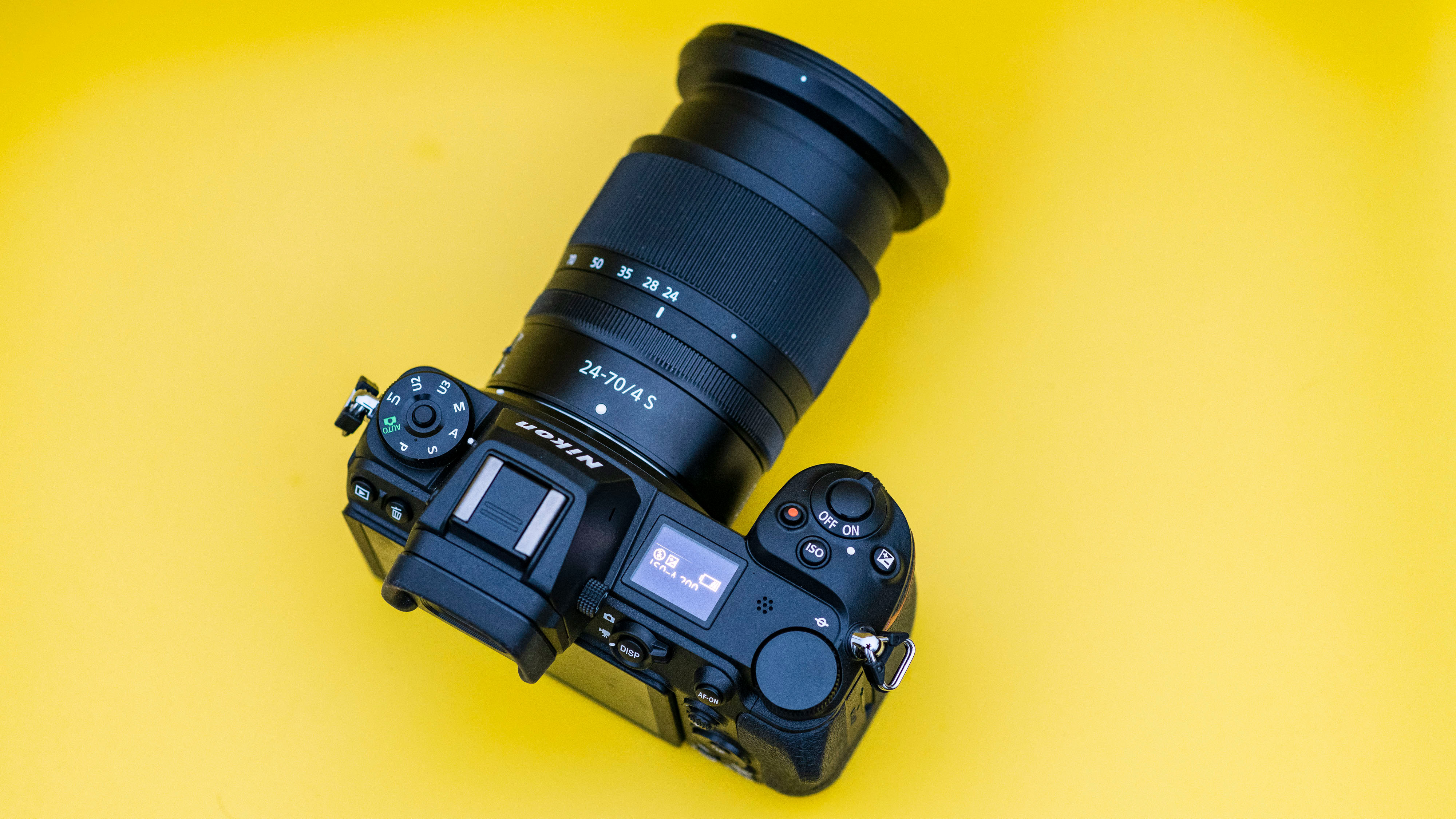The best MacBooks for students
Apple’s laptops are ideal for anyone studying today. These are the best MacBooks for students at school, college or university
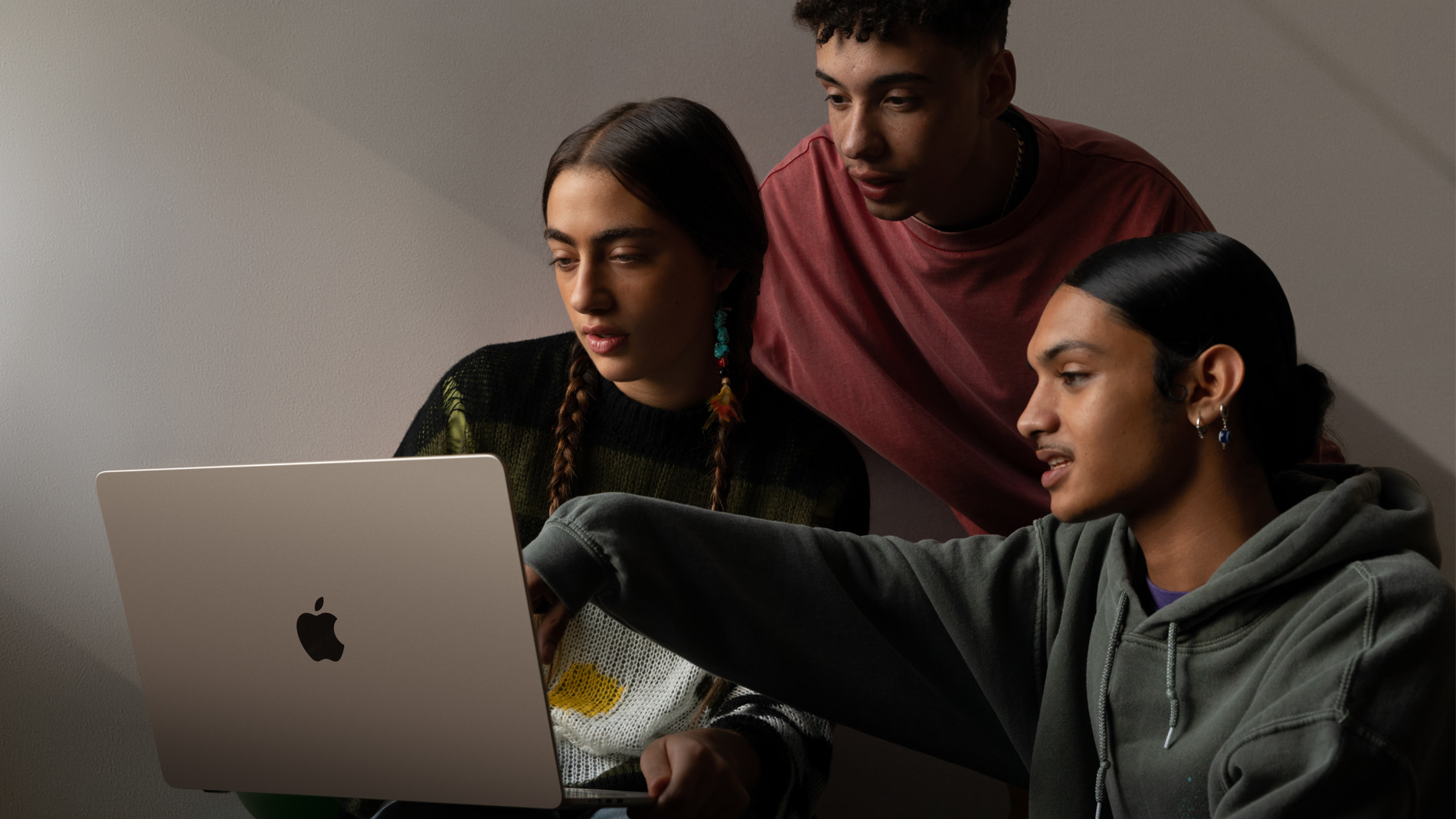
Every student needs a computer, and as Apple produces some of the best laptops out there, why not equip yourself for university life with a MacBook?
MacBooks have a reputation for being expensive, but the gap is closing with Windows laptops, especially among the higher-end models. And don't forget that in may countries (including the US and the UK) that there is a generous Apple Student discount scheme on most MacBooks bought direct from Apple.
We believe the MacBook Air is the ideal range for students, as the battery life is long, the chassis thin and light, and the screen big enough for serious work. If you're running intensive tools such as 3D or video editing software, though, then you'll probably need to step in price to the more expensive MacBook Pro line.
The Quick List
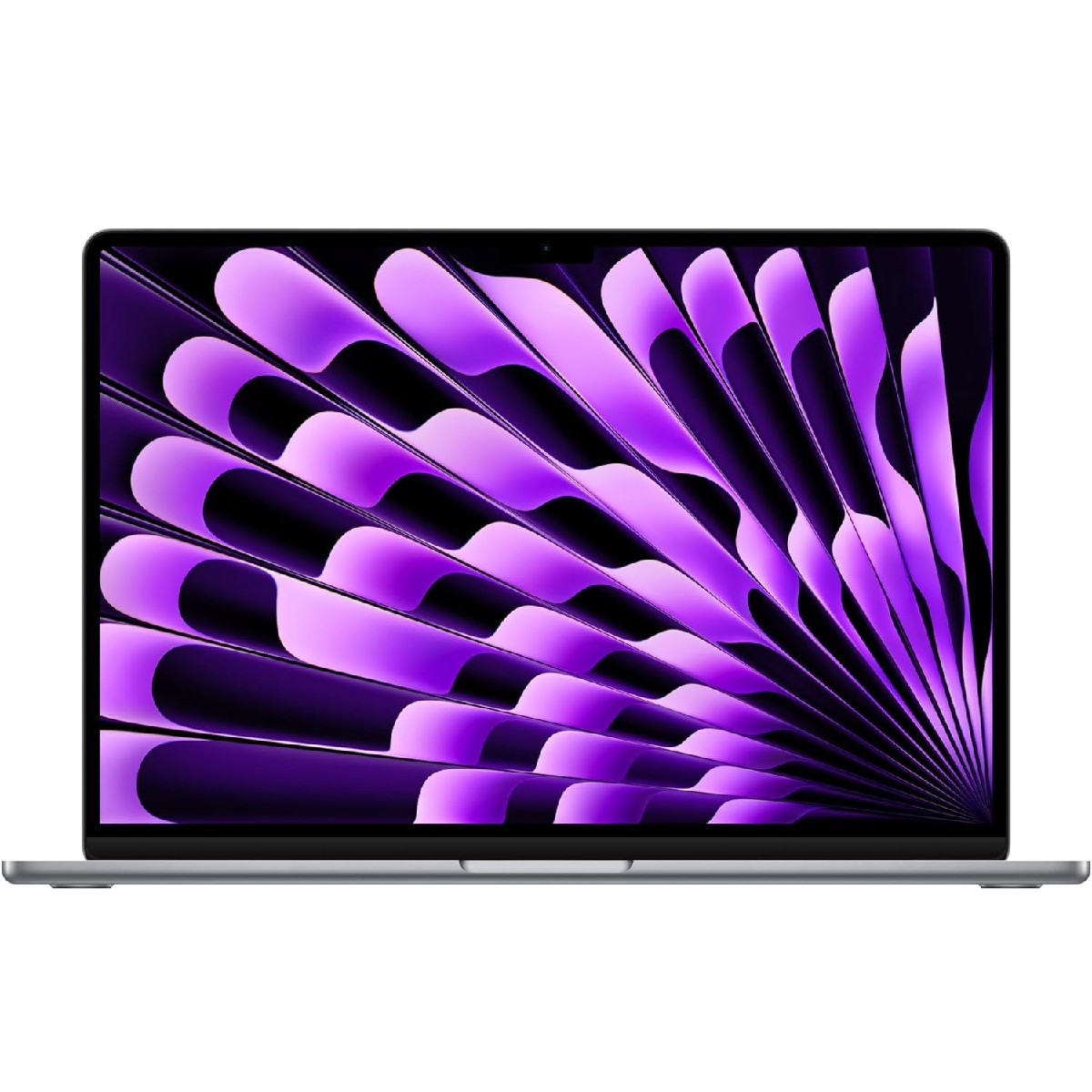
With a slim, lightweight design and 18-hour battery life, this is the MacBook Air that makes the most sense for students. it's powerful too, thanks to the fast and efficient M3 chip.
Read more below

If you want to carry your laptop around campus, or to and from college, on a daily basis then you might value portability over screen size. If so, the 13-inch Air M3 is the MacBook for you.
Read more below
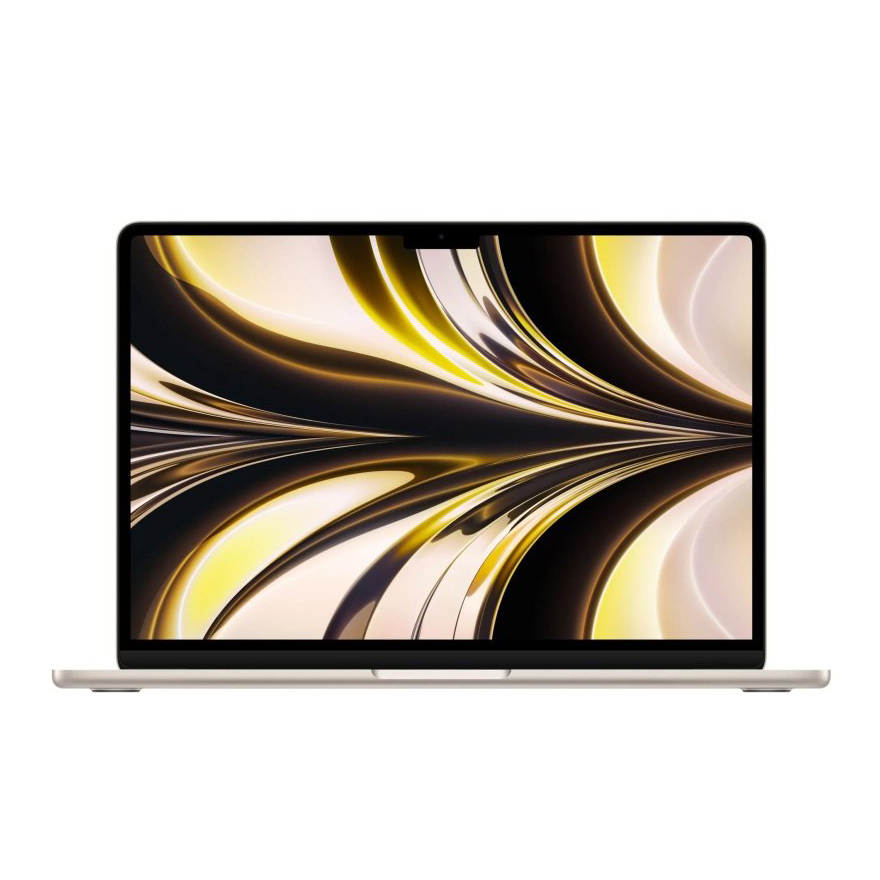
Want a MacBook for less money? While the MacBook Air M2 (2022) is an older model, it's more affordable and still has a lot to offer students, including excellent battery life.
Read more below
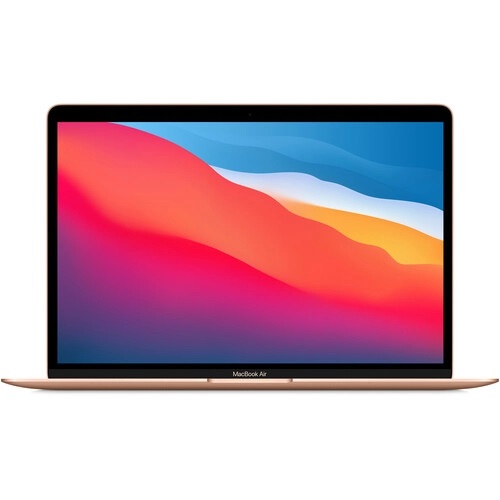
The MacBook Air M1 isn’t part of the official Apple range any longer, but it’s still available at retailers. And it's well worth considering if you're on a tighter budget, as it's quite capable.
Read more below
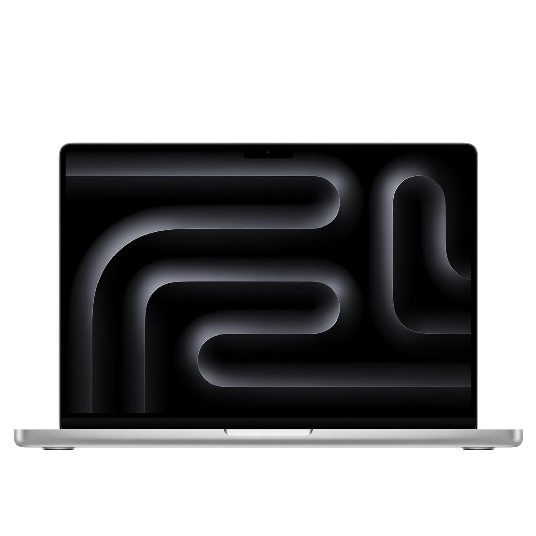
If you're studying a subject like 3D or video editing which requires a powerful computer, the MacBook Pro 14-inch M4 (2024) would be an excellent choice as it's very powerful.
Read more below
The best MacBooks for students
Why you can trust Digital Camera World
Best overall
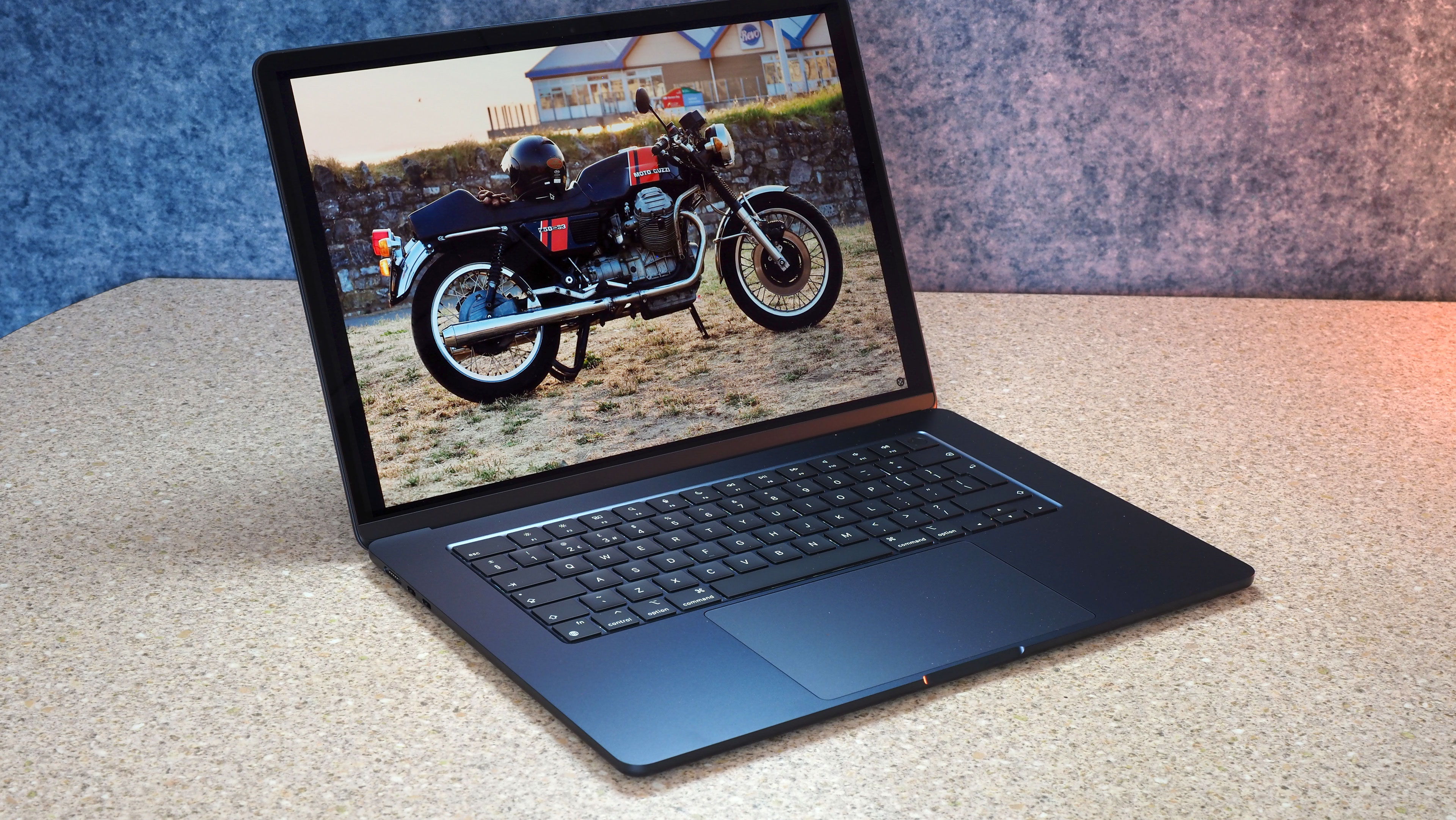
1. MacBook Air 15.3-inch (M3, 2024)
Specifications
Reasons to buy
Reasons to avoid
This is the MacBook Air that makes the most sense for students. Its slim, lightweight design makes it easy to carry between classes or to the library, despite having a generous 15.3-inch screen that's excellent for multitasking, reading digital textbooks, or working on assignments. And the 18-hour battery life means you can work all day on campus without worrying about finding a power outlet.
The laptop offers strong performance for everyday student tasks like web browsing, writing papers, and using productivity software, while also being capable enough to handle more demanding creative work if needed. The superb keyboard and trackpad make long writing sessions comfortable, and the six-speaker audio system provides quality sound for both study breaks and multimedia content.
The build quality is excellent, suggesting it will hold up well to the daily rigors of student life. And while the base model's 256GB storage might be limiting for some students, upgrading these specifications is possible, though it does increase the price significantly.
The main drawbacks are the limited port selection (only two Thunderbolt/USB 4 ports) and the relatively high starting price of $1,299, though the investment could be worthwhile given Apple laptops' typically long lifespan and strong resale value.
One final thing: note that Apple has recently boosted RAM from 8GB to 16GB in the base model. So check the details first if you're buying from a third-party retailer, as you may be getting older stock that only has 8GB.
Read more: MacBook Air 15.3-inch M3 (2024) review
Most portable
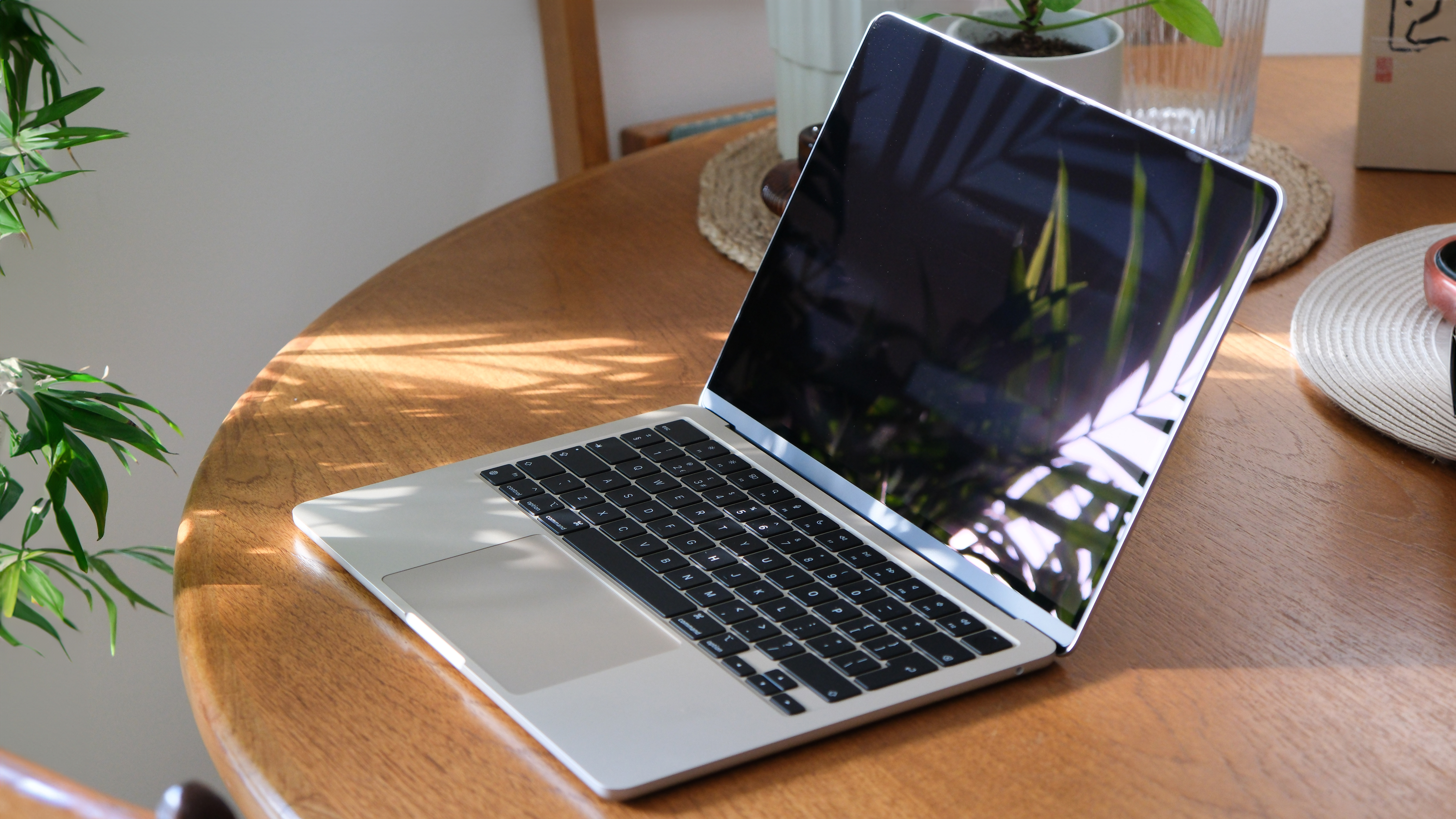
Specifications
Reasons to buy
Reasons to avoid
If you want to carry your laptop around campus, or to and from college, on a daily basis then you might value portability over screen size. If so, then this is the MacBook for you.
Its incredibly lightweight (1.24 kg) and thin design makes it perfect for carrying between classes in a backpack. And it's powerful too, thanks to the fast and efficient M3 chip, so whatever software you need to run and however many tabs you need to open at once, you should be okay.
The outstanding battery life means you can work through a full day of classes without needing to find a power outlet. Our reviewer found the keyboard to be a delight to type on, and the display was bright and color-accurate, making it great for both studying and creative work. The fingerprint reader is highly reliable for quick access, and the fanless design means it stays quiet in libraries and operates comfortably on laps during long study sessions.
Read more: MacBook Air M3 (2024) full review
Best budget MacBook
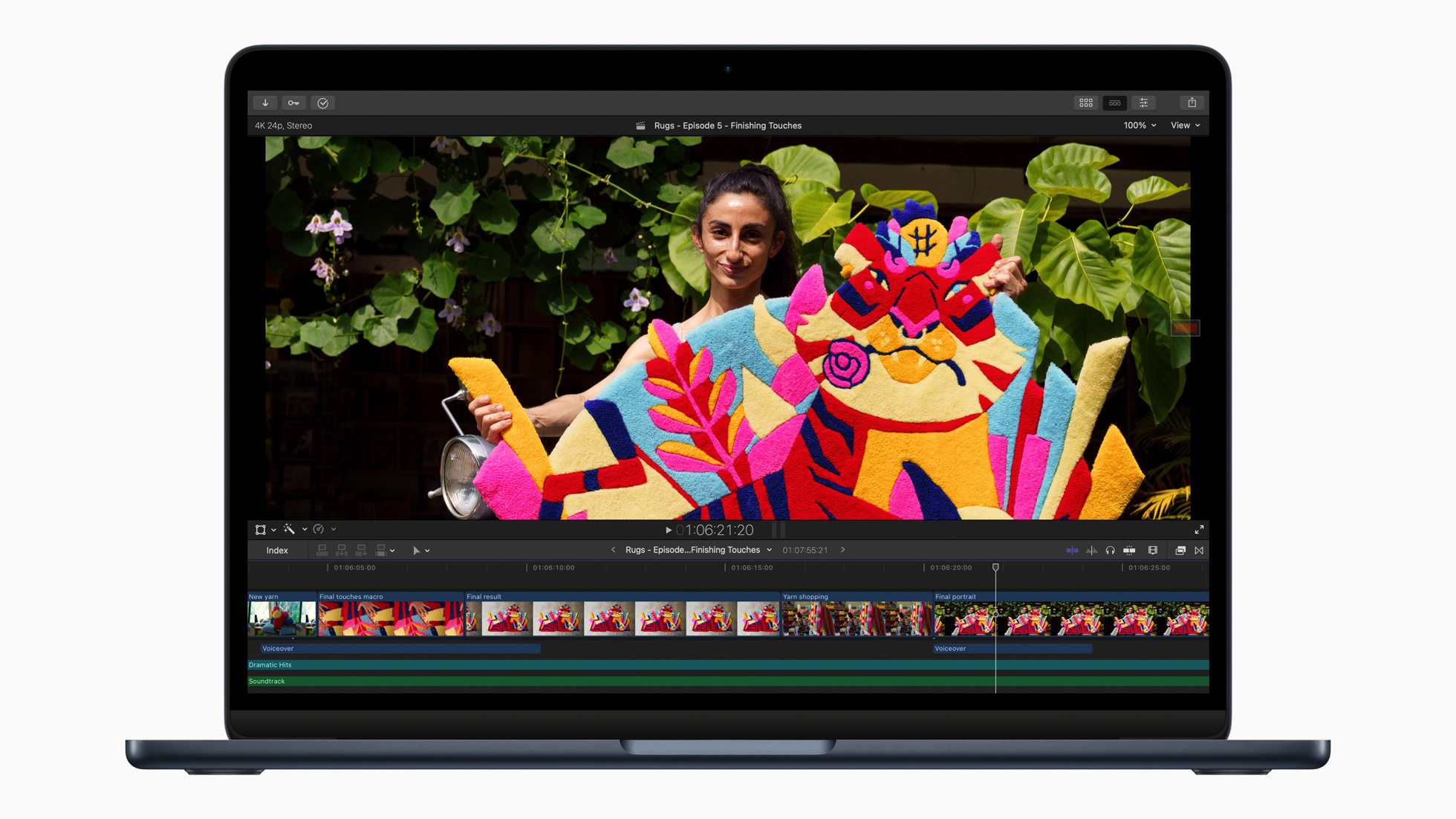
Specifications
Reasons to buy
Reasons to avoid
Want a MacBook for less money? While the MacBook Air M2 (2022) is an older model, it's more affordable and still has a lot to offer students.
That includes battery life that can last multiple days of general use like web browsing and streaming, meaning you won't need to constantly search for power outlets during long days of classes. This also laptop maintains silent operation and stays cool even under heavy workloads, making it ideal for quiet study environments like libraries.
Its lightweight design at just 2.7 pounds makes it highly portable for carrying between classes. The bright, sharp 13.6-inch display is excellent for both studying and content consumption, while the comfortable keyboard and trackpad make extended typing sessions easier.
Best cheap MacBook
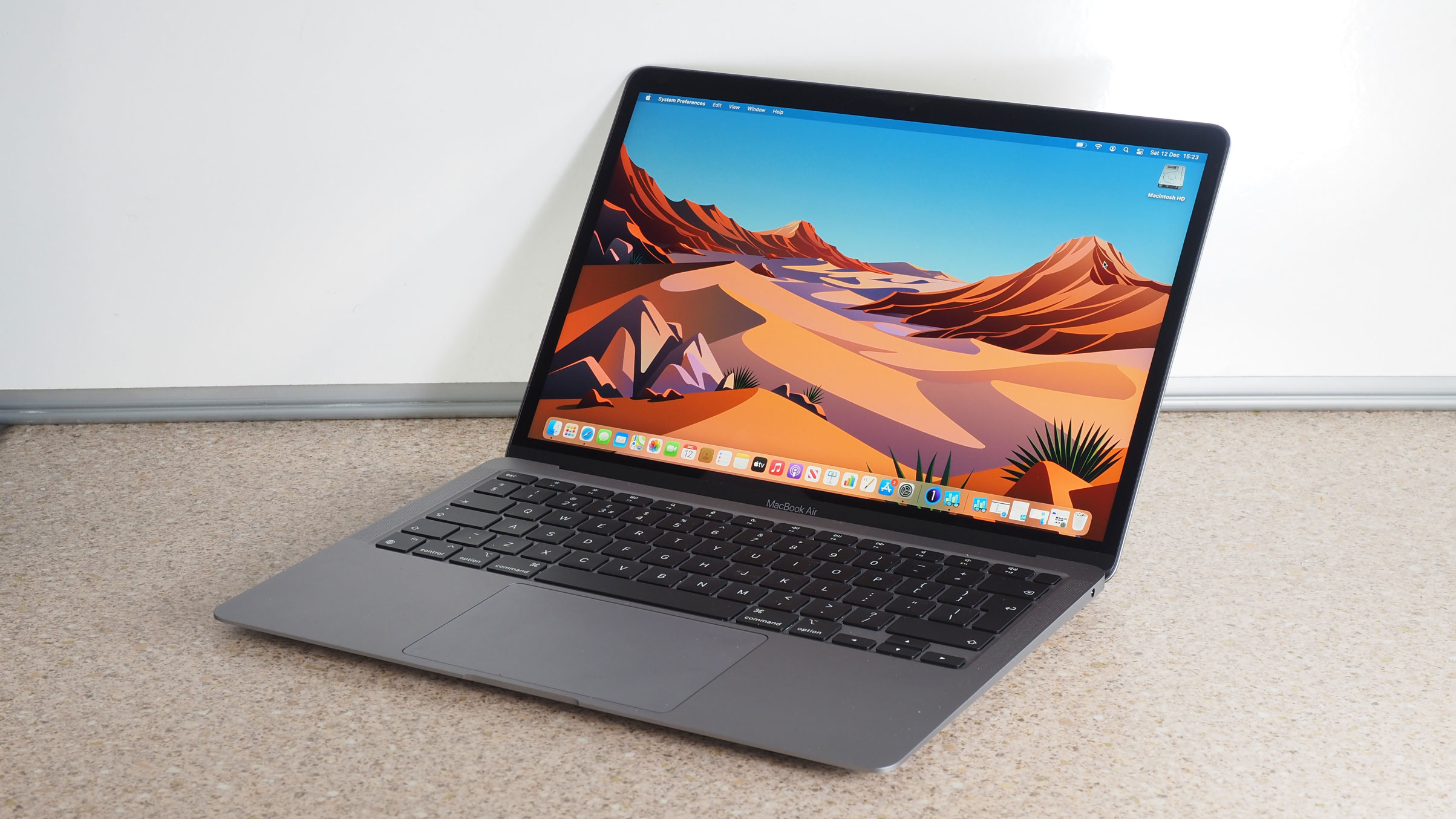
Specifications
Reasons to buy
Reasons to avoid
The MacBook Air M1 isn’t part of the official Apple range any longer, but it’s still available at retailers, and is well worth considering if you're on a tighter budget.
Its 15-hour battery life for wireless internet use means students can work through a full day of classes without needing to charge. The laptop operates silently thanks to its fanless design, making it perfect for library study sessions. And at 1.29kg, it's lightweight enough for carrying around campus all day.
The 13.3-inch Retina display offers excellent clarity for reading and working on assignments, while the improved scissor keyboard design makes long typing sessions comfortable. The laptop's 8GB RAM handles typical student workloads well, though storage might need upgrading from the base 256GB depending on needs. While it only has two USB-C ports and a headphone jack, its strong wireless connectivity capabilities help offset this limitation.
For students who don't need the latest model, the M1 MacBook Air represents a smart balance of performance, portability and price.
Read more: Apple MacBook Air 13-inch M1 review
Best MacBook for 3D and video editing
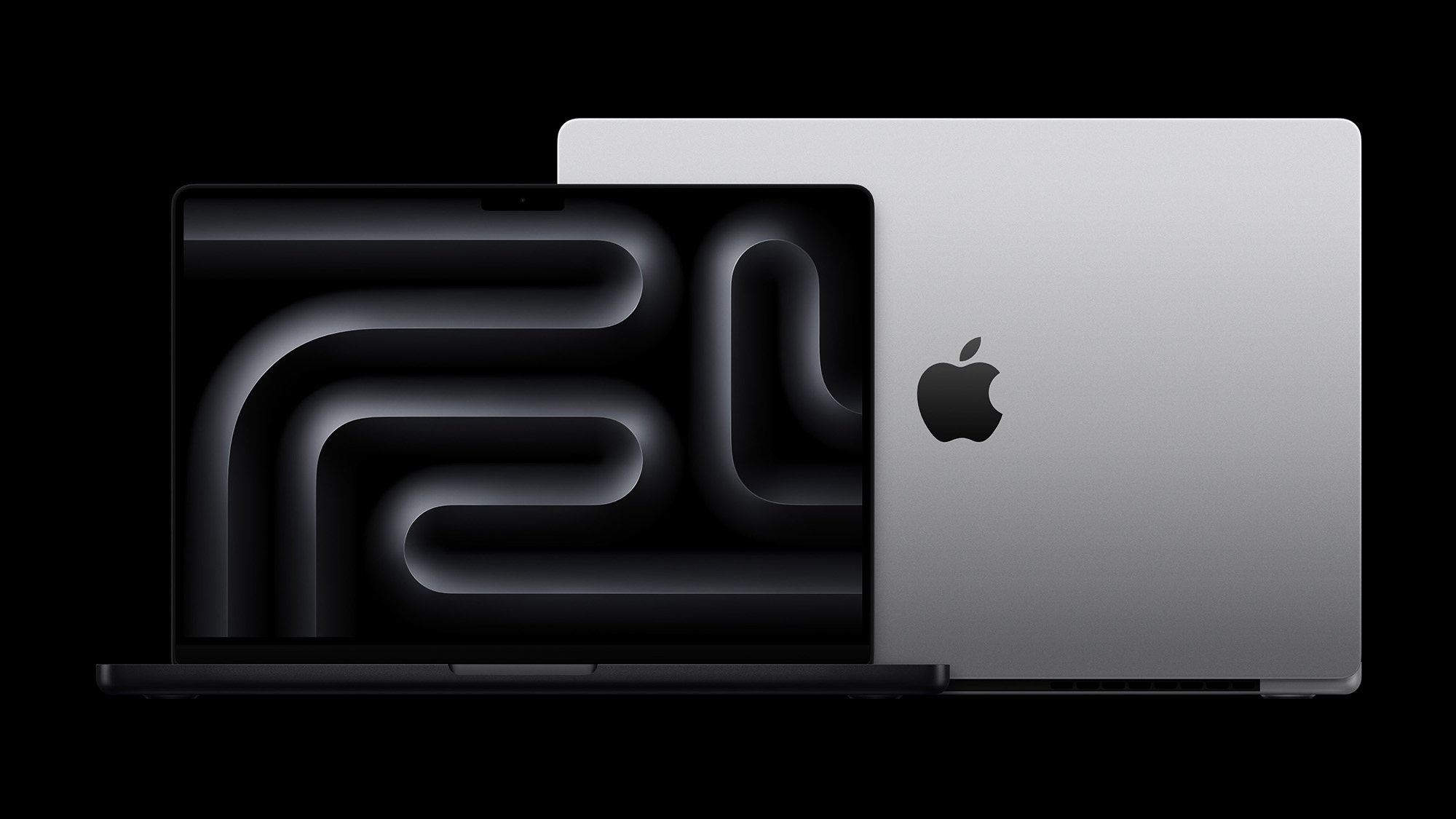

5. MacBook Pro (M4, 2024)
Specifications
Reasons to buy
Reasons to avoid
If you're studying a subject like 3D or video editing which requires a powerful computer, the MacBook Pro 14-inch M4 (2024) would be an excellent choice. The M4 chip delivers impressive performance for creative tasks, handling multiple 4K 30fps video streams smoothly in Final Cut Pro and only showing limitations when pushing four simultaneous 4K 120fps streams.
The 14-inch Liquid Retina XDR display offers nearly 4K resolution (3096 x 1964 pixels) with one billion colors and P3 wide color support, making it ideal for precise color work in video editing. For 3D work and rendering, this laptop has proved itself with impressive benchmark scores in Blender tests.
The base model comes with 16GB of RAM, which helps with demanding tasks and benefits AI-assisted workflows. And despite all this power, the laptop maintains exceptional battery life of over 18 hours for regular use, though intensive tasks like rendering will reduce this.
At 3.4 pounds, it's portable enough for students to carry between classes while offering professional-grade connectivity through three Thunderbolt 4 ports, HDMI, and an SD card slot for importing footage. It is expensive, but if you need this amount of power for your student work, it is good value overall.
How to choose the best student MacBook
What processor should I choose?
Older MacBooks used to use Intel processors, but these days Apple's own M-series system-on-chip processors rule the roost. The latest M3 and M4 chips are incredibly fast while also being incredibly power-efficient. The preceding M2 and M1 chips were also highly regarded when released though, so don't rule out an M1 or M2-based MacBook if the price is right.
How much RAM (memory) do I need?
The amount of RAM you decide to invest in is hugely important. We would recommend a minimum of 16GB, as this will help your MacBook load applications more quickly (and keep more open at the same time). You might initially think that 16GB of RAM is overkill for your needs, but it's important to remember that you can't upgrade a MacBook's RAM further down the line – so plan ahead for the future!
How much storage should I spec?
Storage space is definitely something important to consider. Unfortunately, while you can replace the hard drive of most Windows laptops, it's impossible to do this with a MacBook. While you can certainly add the best portable hard drive or best portable SSD to the mix, we'd recommend starting off with a minimum of 500GB of internal storage to give you plenty of space to play with.
What screen size is best?
Don't forget to consider the screen that you want. The larger screen you have, the easier it will be to see and inspect the photo you're working on (although, keep in mind that the larger a laptop is, the harder it will be to lug around). For the last few years MacBooks have featured high resolution 'Retina' displays, which are fantastic for seeing your images in all of their stunning detail.
How we test the best MacBooks for students
When reviewing a laptop, we assess its internal hardware features, build quality, ergonomics, performance in a variety of usage scenarios, value for money, and its overall suitability for its target buyer. Although we'll evaluate a laptop with a typical user in mind, we will also pay particular attention to the perspective of photo and video enthusiasts, with special focus given to screen quality and color space coverage. Where possible, a monitor calibrator will be used to measure a laptop's display performance to assess whether it matches a manufacturer's claims, and software benchmarks like GeekBench are used to measure a laptop's processor and graphics card capabilities.
Get the Digital Camera World Newsletter
The best camera deals, reviews, product advice, and unmissable photography news, direct to your inbox!
Tom May is a freelance writer and editor specializing in art, photography, design and travel. He has been editor of Professional Photography magazine, associate editor at Creative Bloq, and deputy editor at net magazine. He has also worked for a wide range of mainstream titles including The Sun, Radio Times, NME, T3, Heat, Company and Bella.
- Ian EvendenFreelance tech journalist

